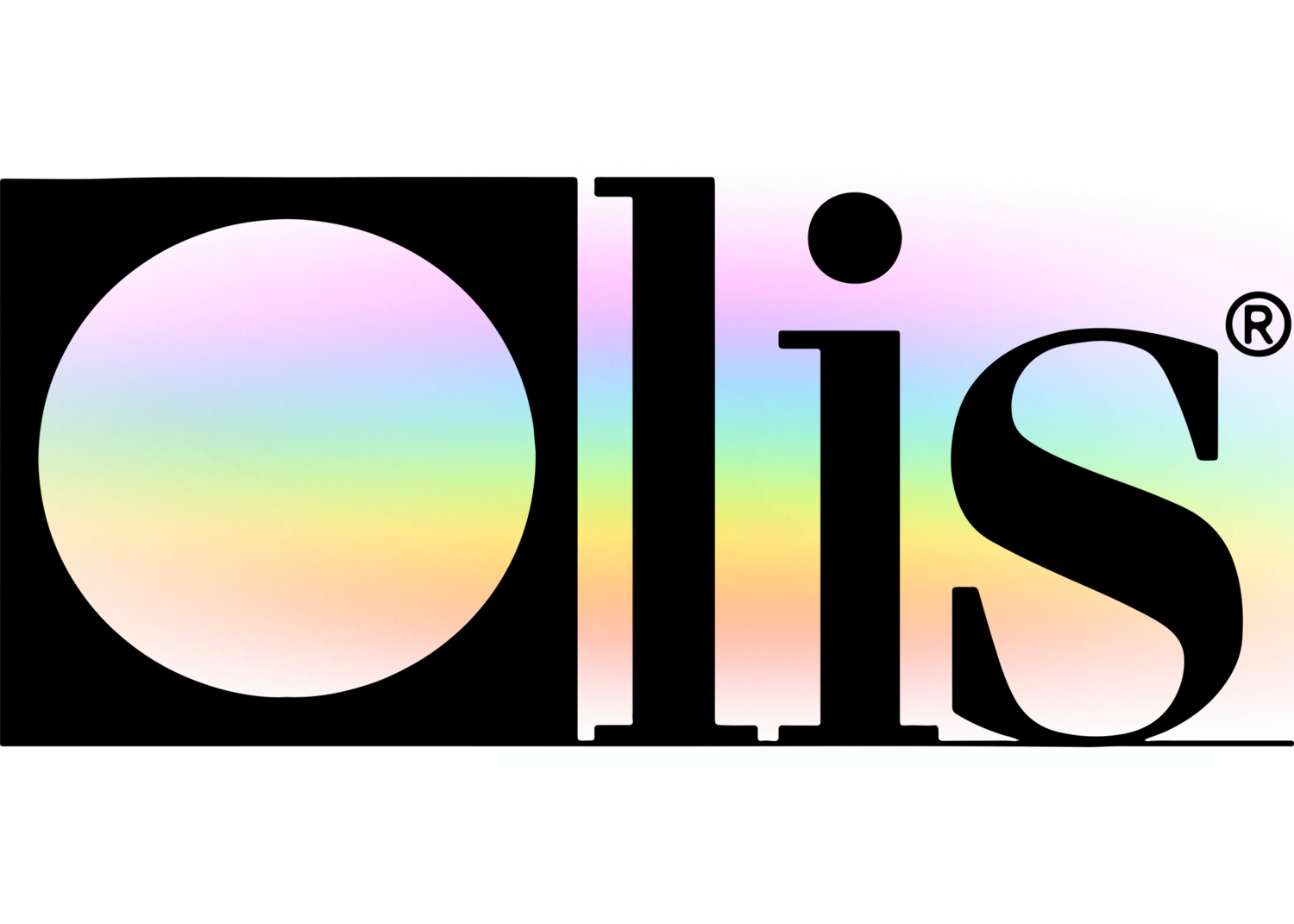The 10-Minute Rule for Circular Dichroism
Table of ContentsWhat Does Spectrophotometers Do?A Biased View of Uv/visAn Unbiased View of Uv/visAll about SpectrophotometersThe Best Guide To Circular Dichroism

Spectrophotometry is a tool that hinges on the quantitative analysis of particles depending on how much light is absorbed by colored compounds.
6 Easy Facts About Circularly Polarized Luminescence Explained
A spectrophotometer is frequently used for the measurement of transmittance or reflectance of services, transparent or nontransparent solids, such as polished glass, or gases. Lots of biochemicals are colored, as in, they absorb visible light and for that reason can be determined by colorimetric procedures, even colorless biochemicals can often be transformed to colored compounds appropriate for chromogenic color-forming reactions to yield substances suitable for colorimetric analysis.: 65 Nevertheless, they can likewise be created to measure the diffusivity on any of the noted light ranges that normally cover around 2002500 nm utilizing various controls and calibrations.
An example of an experiment in which spectrophotometry is used is the determination of the balance constant of a service. A certain chemical reaction within a solution might take place in a forward and reverse direction, where reactants form items and items break down into reactants. Eventually, this chain reaction will reach a point of balance called a balance point.
What Does Uv/vis Do?
The quantity of light that travels through the option is indicative of the concentration of certain chemicals that do not enable light to pass through. The absorption of light is because of the interaction of light with the electronic and vibrational modes of particles. Each type of molecule has an individual set of energy levels associated with the makeup of its chemical bonds and nuclei and thus will soak up light of specific wavelengths, or energies, leading to unique spectral properties.
They are widely used in numerous industries consisting of semiconductors, laser and optical production, printing and forensic examination, as well as in laboratories for the research study of chemical substances. Spectrophotometry is typically utilized in measurements of enzyme activities, decisions of protein concentrations, determinations of enzymatic kinetic constants, and measurements of ligand binding reactions.: 65 Eventually, a spectrophotometer is able to determine, depending on the control or calibration, what compounds are present in a target and precisely how much through computations of observed wavelengths.
Developed by Arnold O. Beckman in 1940 [], the spectrophotometer was created with the help of his coworkers at his business National Technical Laboratories founded in 1935 which would become Beckman Instrument Company and ultimately Beckman Coulter. This would come as a service to the formerly produced spectrophotometers which were unable to absorb the ultraviolet correctly.
Circular Dichroism Can Be Fun For Everyone
It would be found that this did not give satisfactory outcomes, for that reason in Design B, there was a shift from a glass to a quartz prism which enabled for better absorbance outcomes - circular dichroism (https://www.figma.com/file/eT4jdyebIeUQ23ozOL89IX/Untitled?type=design&node-id=0%3A1&mode=design&t=vN0gsYYCmHohU5HF-1). From there, Design C was born with a change to the wavelength resolution which wound up having three systems of it produced
It was produced from 1941 to 1976 where the rate for it in 1941 was US$723 (far-UV accessories were an option at extra cost). In the words of Nobel chemistry laureate Bruce Merrifield, it was "most likely the most important instrument ever established towards the advancement of bioscience." Once it became terminated in 1976, Hewlett-Packard produced the very first commercially readily available diode-array spectrophotometer in 1979 referred to as the HP 8450A. It irradiates the sample with polychromatic light which the sample takes in depending on its homes. It is sent back by grating the photodiode variety which spots the wavelength area of the spectrum. Ever since, the production and execution of spectrophotometry gadgets has increased exceptionally and has actually turned into one of the most ingenious instruments of our time.

Spectrophotometers - The Facts
Historically, spectrophotometers utilize a monochromator including a diffraction grating to produce the analytical spectrum. The grating can either be movable or repaired. If a single detector, such as a photomultiplier tube or photodiode is used, the grating can be scanned stepwise (scanning spectrophotometer) so that the detector can measure the light strength at each wavelength (which will correspond to each "action").
In such systems, the grating is repaired and the strength of each wavelength of light is determined by a various detector in the range. When making transmission measurements, the spectrophotometer quantitatively compares the fraction of light that passes through a referral option and a test solution, then electronically compares the strengths of the 2 signals and calculates the percentage of transmission of click here to find out more the sample compared to the referral standard.
